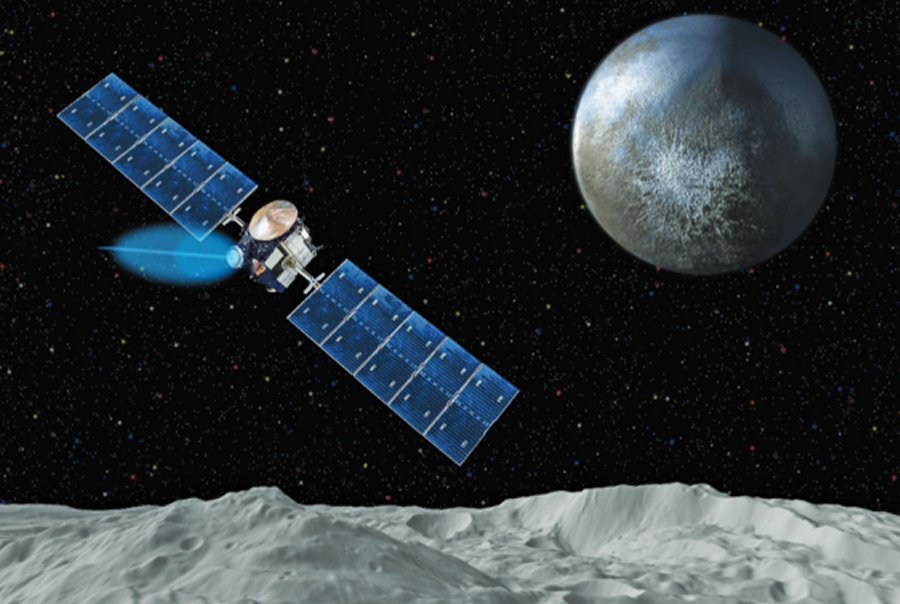NASA’s Dawn Mission – Ends
MessageToEagle.com – NASA’s Dawn spacecraft has gone silent, ending a historic mission that studied time capsules from the solar system’s earliest chapter.
Dawn missed scheduled communications sessions with NASA’s Deep Space Network on Wednesday, Oct. 31, and Thursday, Nov. 1. After the flight team eliminated other possible causes for the missed communications, mission managers concluded that the spacecraft finally ran out of hydrazine, the fuel that enables the spacecraft to control its pointing.

Dawn can no longer keep its antennae trained on Earth to communicate with mission control or turn its solar panels to the Sun to recharge.
NASA’s Dawn spacecraft explored the two largest bodies in the main asteroid belt, Vesta and Ceres.
The Dawn spacecraft launched 11 years ago to visit the two largest objects in the main asteroid belt. Currently, it’s in orbit around the dwarf planet Ceres, where it will remain for decades.
“Today, we celebrate the end of our Dawn mission – its incredible technical achievements, the vital science it gave us, and the entire team who enabled the spacecraft to make these discoveries,” Thomas Zurbuchen, associate administrator of NASA’s Science Mission Directorate in Washington, said in a press release.
“The astounding images and data that Dawn collected from Vesta and Ceres are critical to understanding the history and evolution of our solar system.”
Dawn – launched in 2007 on a journey that put about 4.3 billion miles (6.9 billion kilometers) on its odometer – the spacecraft achieved many firsts along the way. In 2011, when Dawn arrived at Vesta, the second largest world in the main asteroid belt, the spacecraft became the first to orbit a body in the region between Mars and Jupiter.
In 2015, when Dawn went into orbit around Ceres, a dwarf planet that is also the largest world in the asteroid belt, the mission became the first to visit a dwarf planet and go into orbit around two destinations beyond Earth.
MessageToEagle.com










